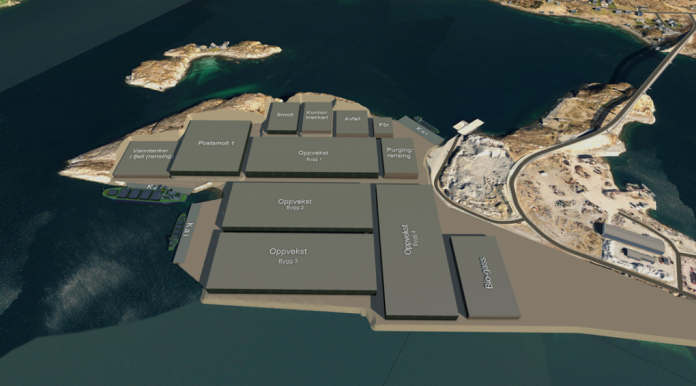Although Norwegian land can hardly be called a natural competitive advantage for land-based salmon production, it is leading the way.
Salmon farming was developed by Norwegian entrepreneurs in the 1960s. The preferred fish farming technology at the time was semi-closed facilities, in closed straits, in Western Norway.
Later, in the 1970s and 80s, the industry gradually switched to floating cages. And so it still is. In 2021, annual production of 2.7 million tonnes of farmed salmon is expected – in cages in Europe, America and Oceania.
Doubled
Over the last few years, a new form of production has been applied. High salmon prices and increased production costs in the sea, primarily related to combating sea lice, have stimulated the development of RAS facilities for land-based salmon production. A focus on environmental footprints, political bottlenecks and a freeze on new licences has strengthened this development.
In the past year, interest in such projects has almost exploded. In 10-11 months, the overall overview of projects in this category has more than doubled.

An overview SB has prepared now shows that as many as 80 different companies are working on financing and construction of land-based fish farms with a total production capacity of 2,012,000 tonnes.
Norway leads the way
If it all goes to plan, about a third of this salmon volume will be produced in Norway.
Norwegian players are also growing in other countries. Besides land-based fish farms in Norway, Norwegian stakeholders are behind hundreds of thousands of tonnes of planned production in countries such as the US, Japan, China, Belgium, Spain, South Korea and Sweden.



